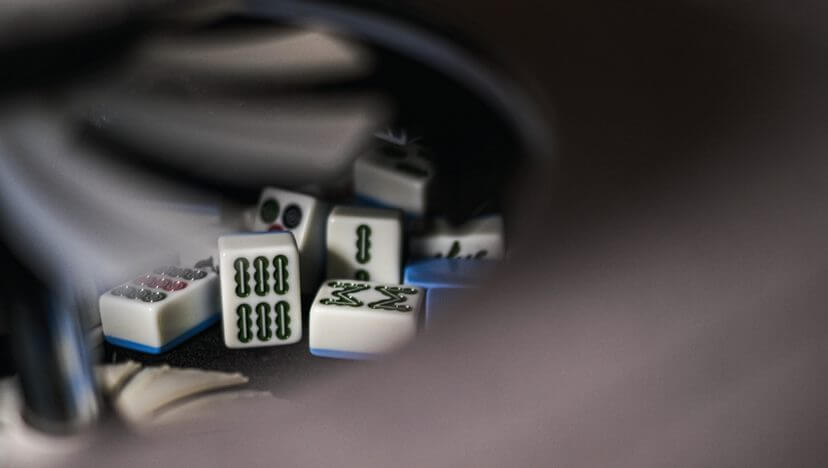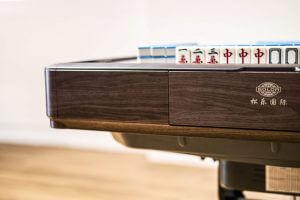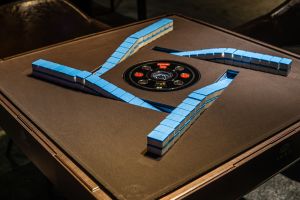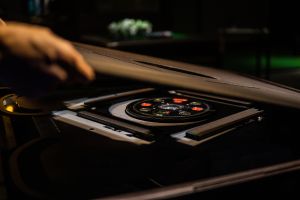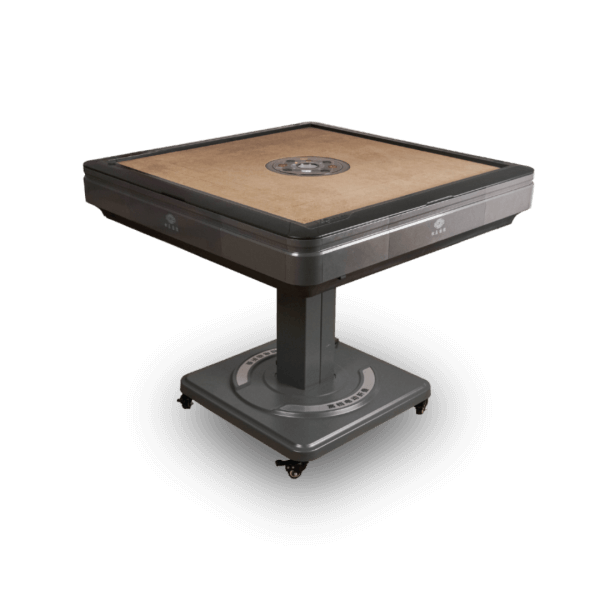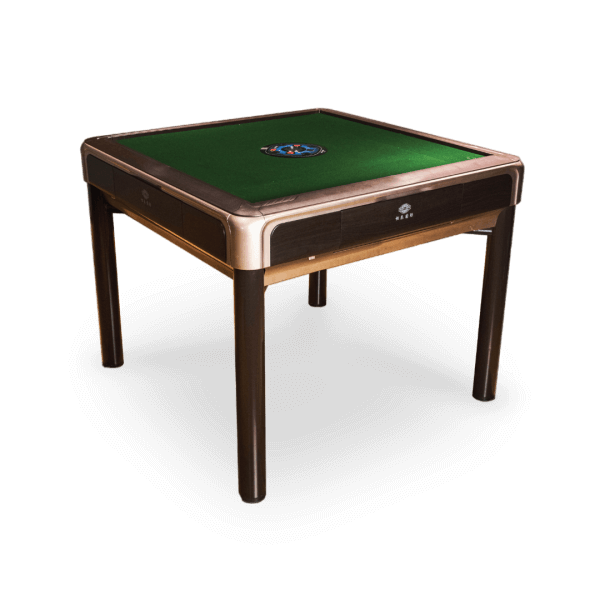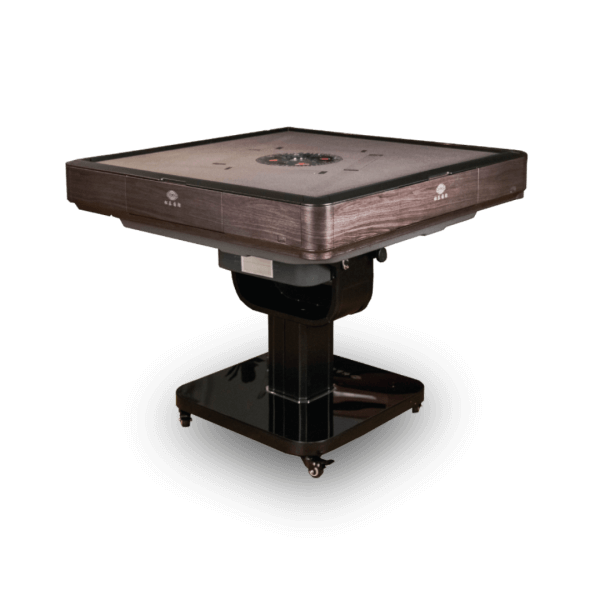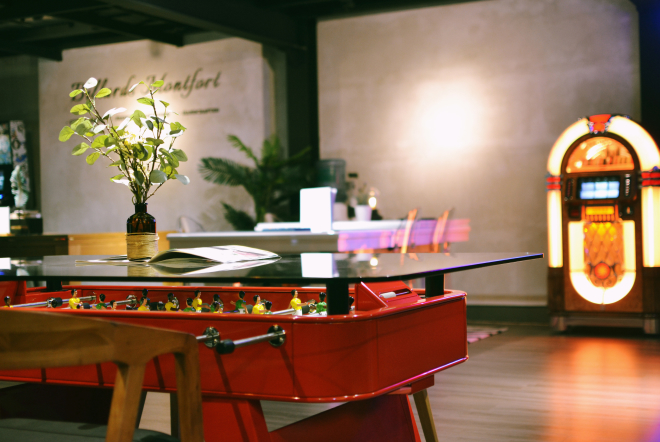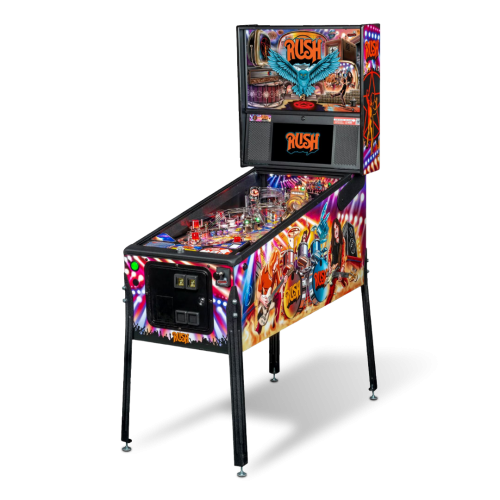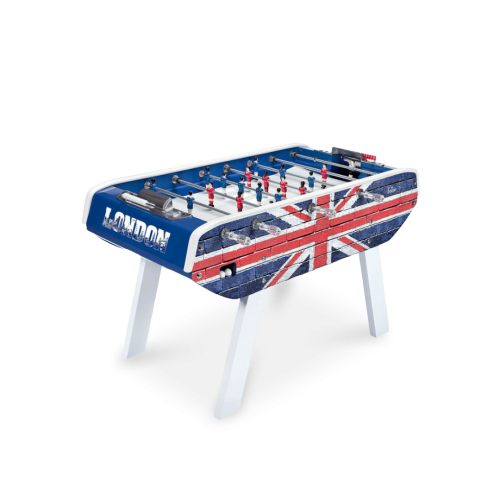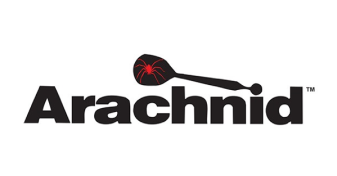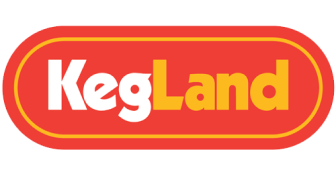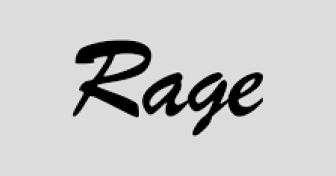How Does An Automatic Mahjong Table Works?
An automatic mahjong table is a modern and convenient way of playing the classic Chinese game. Designed to shuffle and stack the tiles for the players, it makes the game faster and easier. This type of table is becoming popular due to its efficiency and convenience, so players can now spend more time playing, and less time shuffling.
In this article, we will seek to explain how these automatic mahjong tables actually works, so you too can have a better understand the mechanics of such a table.
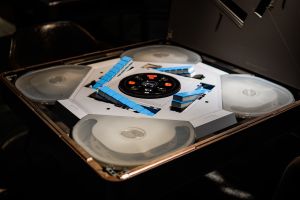
Each Auto Mahjong Table Operates With 2 Sets of Mahjong Tiles
Each automatic mahjong table is equipped with two separate magnetic mahjong tiles set that are typically differentiated by the colour of tiles (For e.g. Green set and Blue set). Unlike the traditional Mahjong tiles, the automatic mahjong tile set features a thin slice of magnet that is integral to the shuffling process (more on that below). Both sets are in use at all time, and this is to facilitate continuous gameplay without interruption.
As each game completes, it’s set of tiles is swept into the shuffling mechanism and the standby set is immediately dispensed so players can play the next game instantaneously, with zero interruption. At this point, the machine will then be quietly shuffling the previous game’s set of tiles and stacking them, preparing them in standby for the next round.
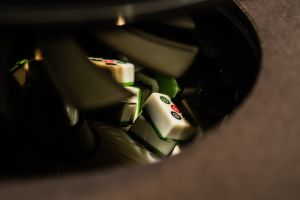
The Shuffling Mechanism
The heart of the Automatic Mahjong Table. The shuffling mechanism of an auto mahjong table is incredibly well designed and ingenious in application. With traditional shuffling, players often have to manually flip the tiles to face downwards, and then manually stack them into 18, 18 and 19, 19 walls. This manual process is both loud, noisy and time consuming in a traditional table – though players do attest to this aspect being core of a mahjong experience.
With an automatic mahjong table however, tiles are first swept into the shuffling chamber beneath the UFO looking, flushed control panel plate. This is done by hand and it does not matter if the tiles are facing up or down.
From there on, the tiles are shuffled by a rotating interior chamber with sweeping arms that ensure the tiles are shuffled cleanly and randomly. Next, tiles are fed to the four wall ramps (one on each side of the table, for each player) through a belt, magnet and sensor system.
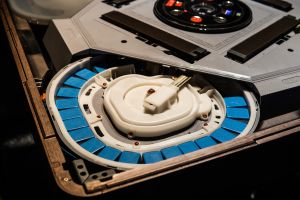
The belt ensures that the tiles are fed smoothly, while the sensor continuously count against the number of tiles that have been installed into the wall. As for the magnet, that’s where the brilliance of an auto mahjong table lies. Through the magnet, the shuffler is able to repel, or attract the correct side of the magnetic tiles, so to ensure that tiles are installed into the wall face down.
As magnets are integral to the operation of an auto mahjong table, it can also be impacted by the presence of foreign metal objects. This can happen when players accidentally pushes their coins, tokens or keys into the shuffling cabin. At this juncture, our Solor Mahjong tables are equipped to safely detect the foreign object and will stop operating to prevent any potential damage as a result from this obstruction. We’ve also written a comprehensive guide on what to do if your machine gets stuck like this.
Once the tiles are completely stacked, that’s when they are put on standby, waiting for the prevailing game to end so to deliver the next round of tiles.
Stacking the Tiles: Diagonal Rollout vs Regular Rollout
With regards to the way it’s stacked, there are two types of auto mahjong tables: Diagonal Rollout and Standard Rollout. Diagonal rollout involves delivering the tiles to the playfield a a 30 degree angle to the table edge. This method is also known as Rollercoaster rollout due to the way it resembles the tracks of a rollercoaster. With diagonal rollout, players do not need to arrange the tiles before the game.
On the other hand, regular rollout releases the tiles parallel to the table edge, requiring an additional step of arranging the tiles diagonally across each player. Apart from the minor inconvenience, Regular Rollout models tend to get jammed a little more, due to the way it’s designed.
Depending on the choice of Rollout, the table design and shuffling motor changes significantly. Which is why, you will find that most Diagonal Rollout table tend to cost a bit more, and can be a little thicker on the cabinet and motor. Having said that, the Solor Slimline table features one of the slimmest – if not the slimmest – cabinet in the market despite featuring a Diagonal Rollout (Rollercoaster) motor. This is one of the strongest attribute of the Slimline model.
The Detachable Playfield
Like the traditional mahjong game tables, an auto table also features a cushioned velvet like, soft cloth playfield that feels comfortable to touch, while facilitating the sliding and discarding of tiles. The main difference however is that, with an auto table, the playfield layer board is detachable, which gives owners access needed to service, maintain or even change out the playfield board after years of wear and tear.
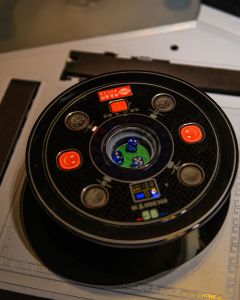
Auto Shuffling of Dices.
No Mahjong game can start without a toss of the dice, which will determine who starts and from which part of the wall does the game starts from (Mahjong traditionally, is a game with a strong influence of luck, and hence, this process is culturally important in Mahjong).
With an automatic table, the inbuilt dice shuffler ensures that players no longer requires the manual dices. In the Solor range of tables, players can also choose to use the fully silent digital dice option to keep noise levels low. The addition of these features expands the potential of the automatic mahjong table for players seeking a streamlined and enjoyable gaming experience.
LCD Control Panel And Wind Positions
Finally, most automatic mahjong table are equipped with some sort of a control panel, which becomes the main source of control that the player interacts with.
With the Solor Mahjong Tables, the Smart LCD Reader is capable of intelligently recording the dealer’s position as well as the number of rounds that they have won in a row (连庄). It’s also able to highlight the different seating positions of North, South, East and West (东南西北), making it easy for players to quickly take their seats during gameplay.
Finally, the Smart LCD Reader also possesses the capability to detect the amount of tiles during shuffling, alerting players if there are any missing tiles in the set. This feature ensures that players have the required number of tiles to play the game fairly and accurately.
Conclusion
By now, we hope that you have a visual idea of how an automatic mahjong table works, from shuffling, to sorting, and then to assembling the wall so to deliver the tiles immediately at a touch of a button. Players also get a high tech experience with regards to dice throwing and wind positions, while typically for a regular mahjong table, you will then have to ensure that you have manual dices while keeping track of the wind positions manually.
If you enjoyed this guide, but are still on the fence if an auto table is the one for you, do check out other article that details the main differences and advantages of an Automatic Mahjong Table. Alternatively, you can also read our automatic mahjong table maintenance guide so to get a clearer idea of the upkeep of a table.
Inspired? Check out our range of Automatic Mahjong Tables here.

